Your challenges
Reduce Carbon Footprint
Conventional flocculation systems rely on motors, mixers, and large infrastructure that increase energy use and operational emissions. ILCA® offers a low-energy, passive alternative that helps reduce overall carbon footprint.
Resilience to Climate Change
Variability in raw water quality, driven by climate-related events, can impact treatment performance. ILCA® provides stable and flexible floc formation across a wide range of surface waters, supporting operational resilience.
Optimize Totex
With no moving parts, simplified design, and minimal maintenance, ILCA® significantly lowers both capital and operating costs, helping utilities optimise total expenditure over the system’s life cycle.
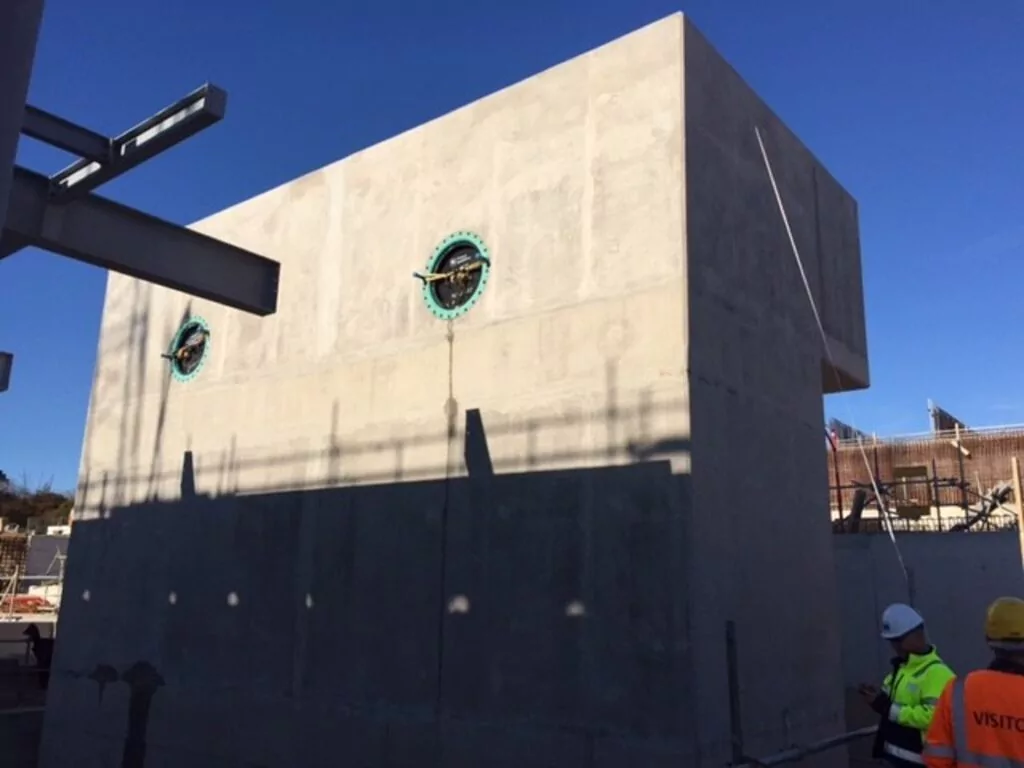
Want to know more about the integration with CeraMac®
How does it work ?
ILCA® is designed to follow the point of coagulant dosing, whether through a static mixer or overflow weir, and provides the controlled flocculation conditions required for effective membrane pre-treatment. Instead of relying on large tanks or long residence times, ILCA® uses a compact chamber fitted with removable plates that generate the appropriate shear (G-value) and contact time (T-value) to form small, stable microflocs. These flocs are ideal for removal by downstream advanced membranes.
There are no mechanical mixers, motors, or sedimentation stages involved. The process is entirely passive, in-line, and optimized to balance performance, footprint, and sustainability.
ILCA® is available in two main system types:
- Atmospheric ILCA®
Installed in concrete tanks, this configuration is suited for larger-scale plants treating high volumes of municipal water (e.g., shared concrete ILCA® trains for multiple C90 CeraMac® vessels at 90 MLD Mayflower WTW). - Pressurised ILCA®
Typically installed in compact steel towers, this version is designed for smaller-scale or modular applications (e.g., individual steel ILCA® towers for a single C19 at 4.5 MLD Bonnycraig WTW).
Both configurations apply the same principles of in-line flocculation and deliver flexible solutions depending on footprint, flow rate, and infrastructure constraints.

ILCA® was developed by PWNT to complement the CeraMac® ceramic membrane system, providing optimal pre-treatment to protect membrane performance. The microflocs formed in ILCA® help reduce fouling, extend membrane life, and decrease the frequency of cleaning cycles.
While optimised for use with CeraMac®, ILCA® can also improve outcomes in other membrane-based filtration processes where enhanced pre-treatment is beneficial.
Our positive impact
ILCA® offers a simplified and effective approach to flocculation that brings performance, sustainability, and cost advantages across a range of applications.
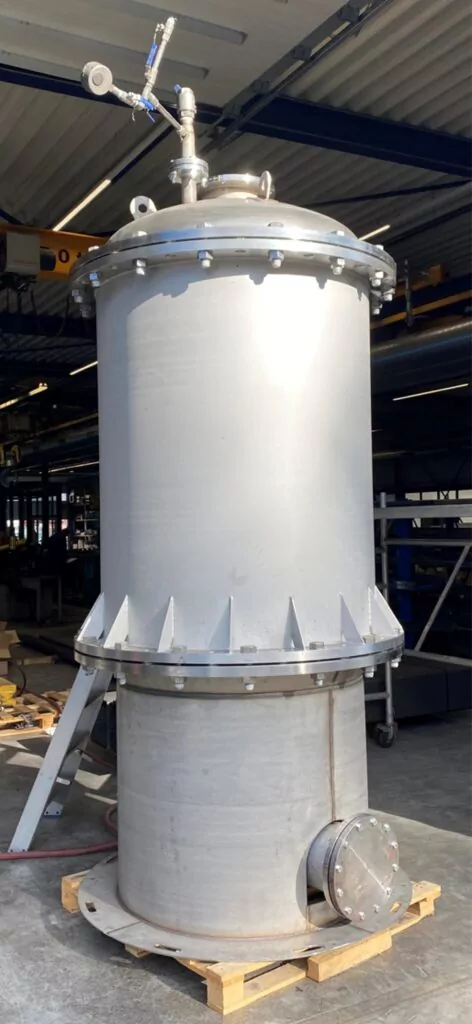
Compact and low-maintenance
ILCA® eliminates the need for large tanks or mechanical mixers. Its passive, in-line configuration saves space and reduces maintenance complexity—ideal for both retrofits and new installations.
No moving parts, low energy use
With no stirrers or mechanical mixing devices, ILCA® significantly lowers energy requirements in the flocculation stage, reducing both operational costs and environmental impact.
Controlled G/T values for ideal microflocs
Removable internal plates create defined G-values (shear rate) and contact time (T), forming microflocs well suited for membrane filtration. This improves water quality, reduces membrane fouling, and supports stable long-term operation.
Lower carbon footprint
By simplifying infrastructure and minimising energy and maintenance needs, ILCA® supports utilities in reducing their overall environmental impact.

Key figures
5 plants
in operation or in development
Over 200 MLD
delivered or in development
Contact our experts
References
See all our references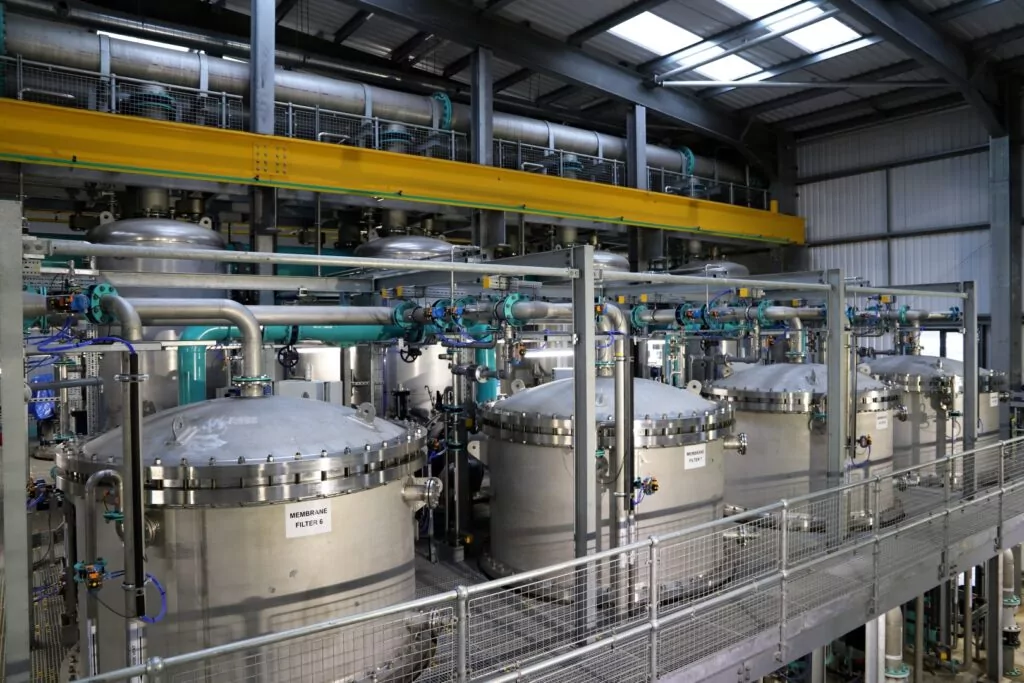
- Municipal
- Municipal drinking water
Mayflower Water Treatment Works (South West Water)
Commissioned by South West Water and officially opened in 2020, the Mayflower Water Treatment Works replaces the aging Crownhill plant in Plymouth. Serving about 250,000 residents , it meets increased urban demand and tightens regulation.
The project introduced a groundbreaking combination of technologies (SIX®, ILCA®, CeraMac®) following a pilot at Crownhill (2013–2015), addressing key challenges such as:
-
Delivering a compact, low-footprint footprint design in a constrained site
-
Removing dissolved organic carbon (DOC), pesticides, and microorganisms to meet stringent water quality standards
-
Reducing chemical usage, energy costs, and operating expenses
-
Ensuring reliable long-term operation and automatable performance
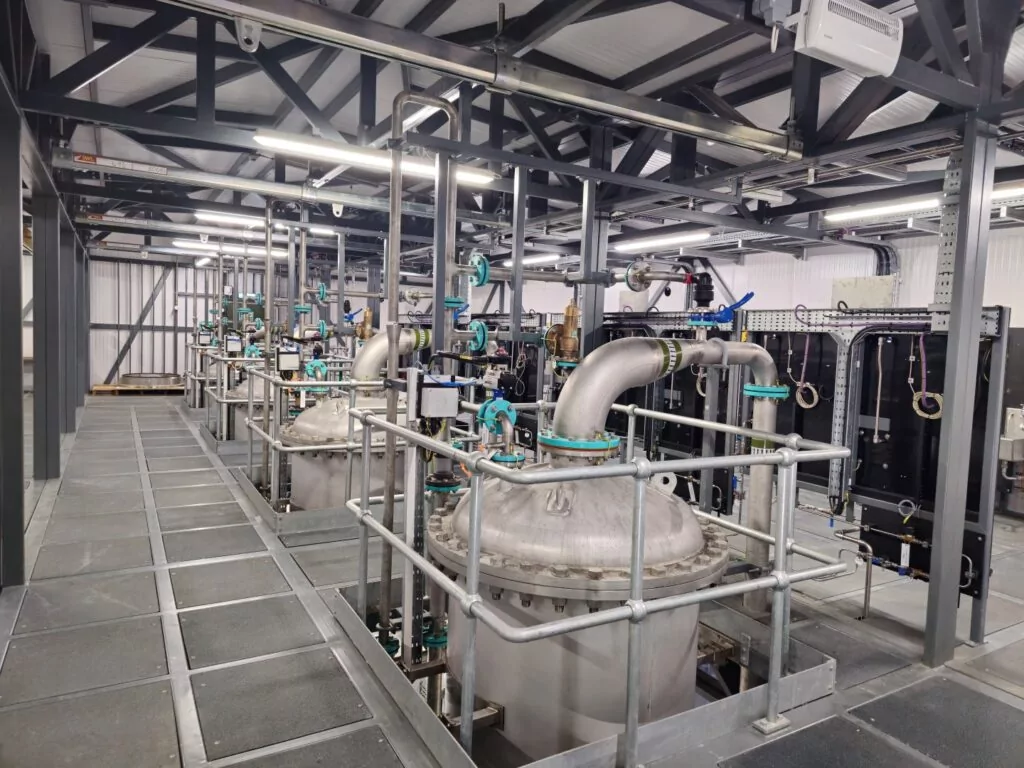
- Municipal
- Municipal drinking water
Bonnycraig Water Treatment Works (Scottish Water)
Scottish Water commissioned the development of a new modular water treatment facility at Bonnycraig (Peebles) to provide high-quality drinking water for the local area. The project marked Scotland’s first ceramic membrane modular plant, designed and delivered in partnership with RSE and incorporating PWNT technology. It was commissioned in 2022, with the official opening held in 2023.
Key challenges included:
-
Delivering a high-performance treatment solution within a limited footprint and an environmentally sensitive landscape.
-
Minimizing on-site disruption and emissions by employing an off-site modular construction approach.
-
Integrating ceramic membrane filtration technology with essential treatment processes while maintaining long-term sustainability and resilience.
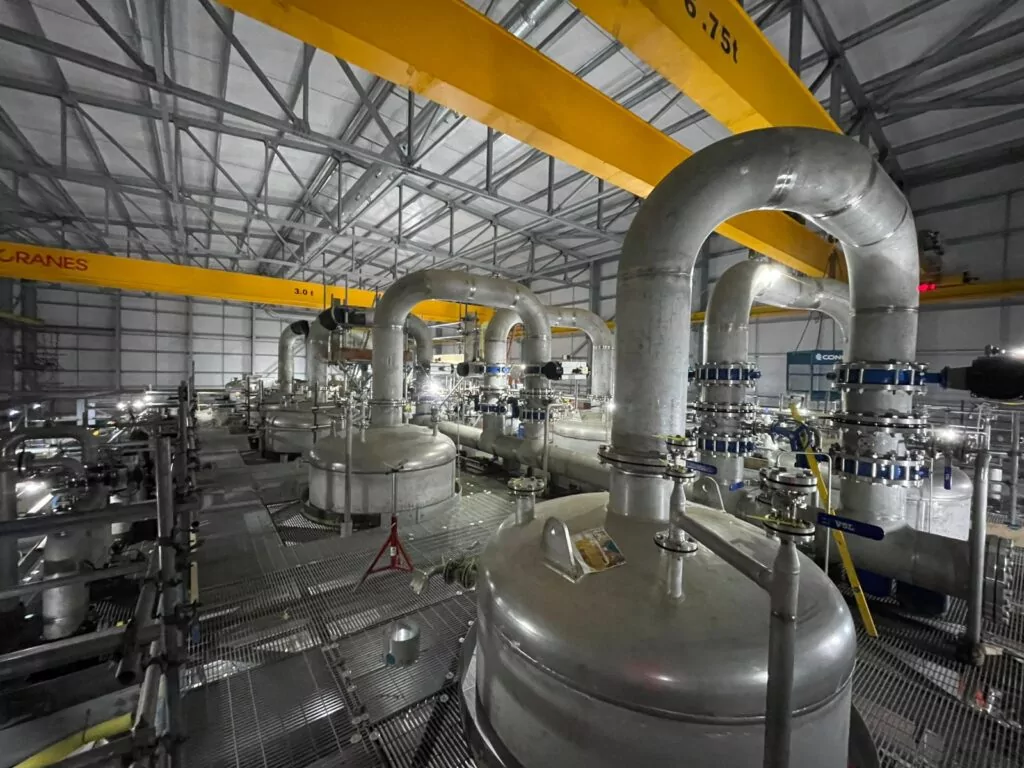
- Municipal
- Municipal drinking water
Witches Oak Water Treatment Works (Severn Trent)
Severn Trent Water launched the Witches Oak project as part of its Green Recovery Programme to secure additional water supply from Witches Oak gravel lakes and the River Trent. The site’s water required enhanced treatment methods to meet stringent drinking water standards.
An 18-month pilot phase, featuring PWNT’s ILCA® and CeraMac® technologies, was conducted at Church Wilne WTW to validate treatment performance under variable raw water conditions, including emerging contaminants. The full-scale plant, with a capacity of 89 MLD, is currently being commissioned.
Pilot operations remain ongoing to evaluate additional treatment parameters, both for the ILCA®/CeraMac® combination, and for the potential future integration of PWNT’s SIX® (Suspended Ion Exchange) technology.
Key challenges addressed by the upgrade included:
-
Improving the removal of microbiological and chemical risks, including Cryptosporidium, turbidity events, organic contaminants and nitrates.
-
Enhancing resilience to seasonal variations in water quality by treating a blend of rivers Trent and Derwent.
-
Meeting sustainability and energy efficiency goals by minimizing reliance on chemical and carbon-intensive treatment processes.
Frequently asked questions
ILCA® delivers efficient in-line coagulation and flocculation without large tanks, sedimentation stages, or mechanical mixers. Using static mixers or overflow weirs for chemical dosing and specially designed removable plates for floc formation, it offers a compact, energy-free alternative with lower capital and operating costs.
ILCA® was developed by PWNT to enhance pre-treatment for CeraMac® ceramic membrane filtration, forming small pin flocs suitable for direct membrane removal. However, it can also be beneficial for other advanced membrane systems where pre-formed microflocs improve performance.
Yes. ILCA® has been proven effective across a wide range of surface waters, including those with high natural organic matter or micropollutants. It offers flexible chemical dosing and stable floc formation, even in varied water conditions.
ILCA® operates without motors or mechanical parts, significantly reducing energy use and maintenance. Its compact footprint and lower infrastructure requirements contribute to a reduced carbon footprint and long-term sustainable operation.
G/T is the product of shear rate (G) and contact time (T), which determines the size and quality of flocs. ILCA® precisely controls G/T values to create microflocs that optimize removal efficiency and minimize membrane fouling.
Other solutions
See all solutions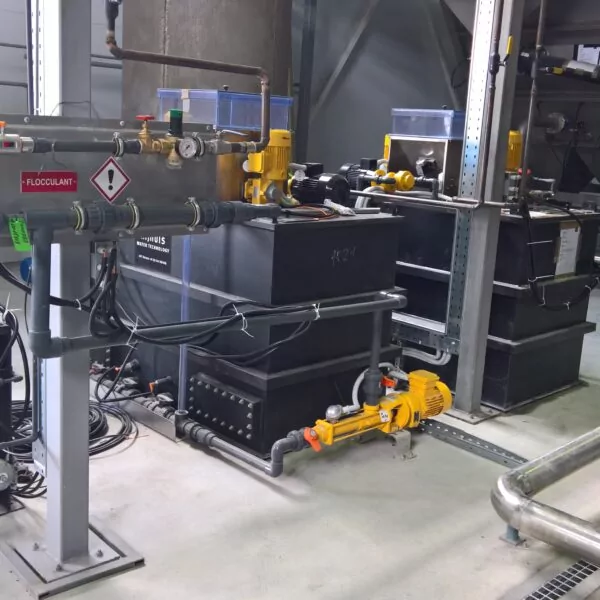
- Industrial
- Municipal
Coagulation & Flocculation
- Industrial water
- Process water
- Drinking water
- Wastewater
Our coagulation and flocculation solutions are engineered to support efficient solid-liquid separation across industrial and municipal applications.
- Industrial
- Municipal
Membrane filtration
- Process water
- Industrial water
- PFAS
- Micropollutants
- Wastewater
- Drinking water
- Source water
- Rainwater
At Nijhuis Saur Industries (NSI), part of Saur Group, we deliver membrane filtration solutions that drive water reuse, resource recovery, and environmental compliance. Our membrane (...)
Talk with our expert
Contact